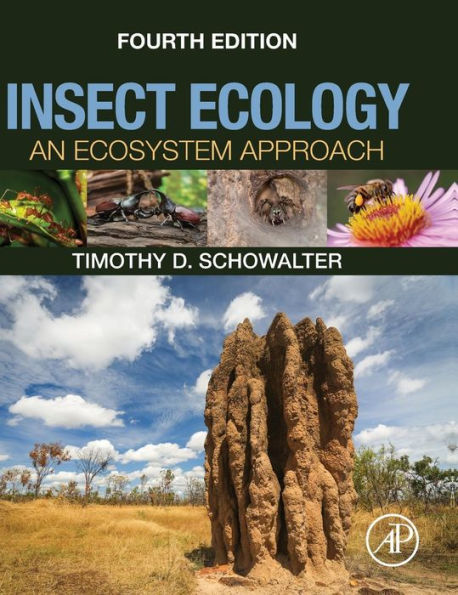5
1
9780128030332



Insect Ecology: An Ecosystem Approach / Edition 4 available in Hardcover, eBook

Insect Ecology: An Ecosystem Approach / Edition 4
- ISBN-10:
- 012803033X
- ISBN-13:
- 9780128030332
- Pub. Date:
- 08/10/2016
- Publisher:
- Elsevier Science
- ISBN-10:
- 012803033X
- ISBN-13:
- 9780128030332
- Pub. Date:
- 08/10/2016
- Publisher:
- Elsevier Science

Insect Ecology: An Ecosystem Approach / Edition 4
$99.95
Current price is , Original price is $99.95. You
99.95
In Stock

Product Details
| ISBN-13: | 9780128030332 |
|---|---|
| Publisher: | Elsevier Science |
| Publication date: | 08/10/2016 |
| Edition description: | 4th ed. |
| Pages: | 774 |
| Product dimensions: | 7.50(w) x 9.25(h) x (d) |
About the Author
What People are Saying About This
From the B&N Reads Blog
